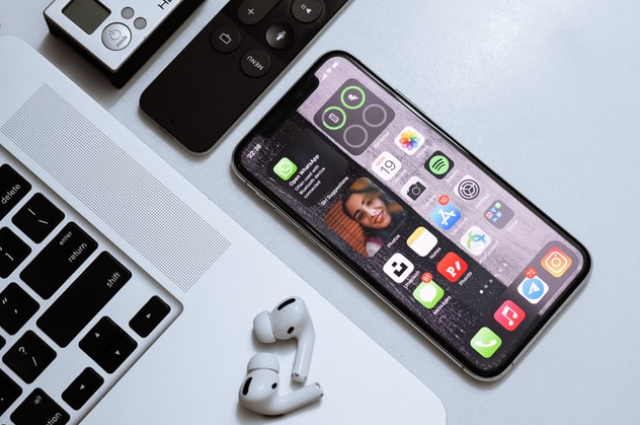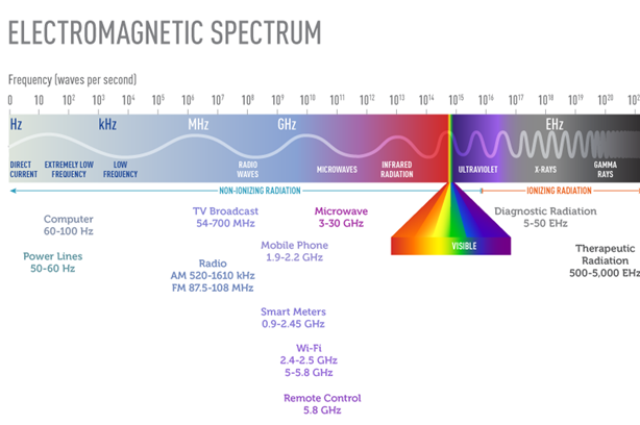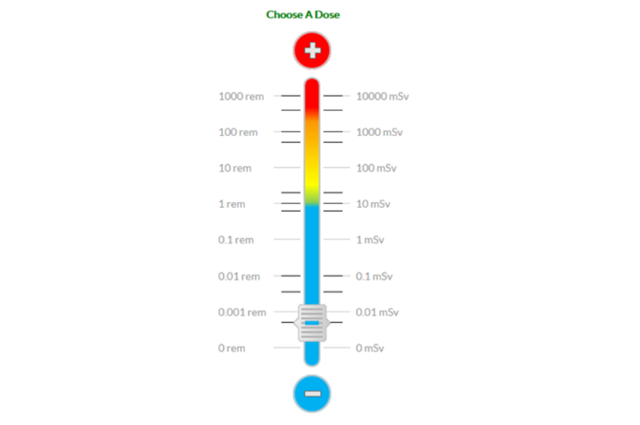
Introduction
Technology today is changing rapidly with new technology advancements and products being released almost every day. One of the major developments has been in the communication industry whereby computers and smartphones have completely revolutionized how the world runs today. The smartphone has become a necessity because of its amazing features that span beyond making and receiving calls. Now a user can browse the internet, respond to email, record videos, play music, and do mobile banking. However, these advanced features have raised the usage and subsequently the production of the smartphone. As a necessity, most adults have a smartphone with some having as many as three. While the many benefits of the smartphone are not argued against, the issue now has been the effects of smartphones not only on the environment but on the health of people health. The particular concern has been the smartphone being a source of radiation, which is harmful to people’s health.
Smartphones as a Source of Radiation
In definition, radiation is energy that is moving as particles or waves such as heat, light, radio waves, and microwaves. All electromagnetic energy falls fall within the electromagnetic spectrum, with the smallest being the extremely low frequency (ELF) radiation and the highest being X-rays and gamma-ray. There are both non-ionizing radiation and ionizing radiation, which fall on the high-energy extreme of radiation as explained in the diagram below.

Radiation coming from a smartphone happens when a smartphone is both not in use and when in use. A smartphone uses a transmitter to transmit voices when under call. Radiation comes off from this transmitter whereby it comes from the antenna. The antenna is what launches the waves into space, which are taken up by a receiver in the phone’s tower. Radiation is also emitted even when the smartphone is not being used unless it is turned off. This is because it emits signals from time to time on its control channel, for purposes of keeping in touch with its cell tower as well managing functions such as phone handover to another tower when needed.
Where a transmitter is positioned on a smartphone depends on who the manufacturer is and affects how radiation is absorbed by the body. Further the waves’ intensity reduces inversely in the square proportion of distance while spreading out from a transmitting antenna. When talking on a smartphone phone, placing the phone against the head raises the possibility of the body absorbing the radiation from the human tissue. The phone transmitter, as it is near the body, emits high doses of radiation compared to a tower transmitter, which is further away from the user. A user should reduce their exposure by using a headset and additionally using or making calls in high proximity to the phone.
Impact of Radiation on Human Health
Wireless radiation was classified as Group 2B i.e. possibly carcinogenic by the International Agency for Research on Cancer (IARC) in 2011. This means that there is “some risk" of carcinogenicity from radiation from smartphones. The effects are from radiation affects the DNA, (the genetic material), which is the target. Radiation interaction with DNA is direct, causing damage through the breakage of bonds in the DNA. Indirectly, it can break water molecules around the DNA. If this is the case, these water molecules produce free radicals–unstable oxygen molecules with the capability of damaging cells and organs. Once a cell is damaged, it can result in three main effects, repaired, altered, or die.
In the first instance, the calls may be able to repair themselves and continue with normal function. The cells have a natural capability to repair themselves when faced with such changes. In the second instance, the damage is bigger and the cell cannot repair itself hence becomes altered. Also, it could be that it is incorrectly repaired, so the cell becomes changed. From this instance, there is a very high risk of the cells becoming cancerous. In the last instance, the cell dies if the damage was too much damage to the cell. In this case, there is a risk of organ failure. Nonetheless, the death of cells is not always fatal. The death of a few radiation-damaged cells can be repaired by the human body which has the capability of recovering and the risk of cancer eliminated. However, high radiation doses lead to widespread cell death, which can lead to organ failure and, later loss of life.

The health effects of radiation from smartphones depend on varying factors. The main one is the dose (the amount of radiation). While low doses of radiation such as from the environment are harmful, high doses are lethal as they lead to cancer. Also, radiation can harm the fetus of a pregnant woman. Secondly, dose rate, which is how fast the dose is absorbed, determines effects. If the exposure is over an extended period, the ramifications are less severe than if the exposure is all at once. Also, where the dose is received is critical in determining the effects. When only a small part of the human body is exposed to the dose, the effect on health is less severe than when compared to the dose being absorbed by the entire body. Lastly, how sensitive a body is to radiation will play a part in the health effects. Radiation sensitivity differs from individual to individual. Infants, children, older adults, pregnant women, and people with weak immune systems have a high susceptibility to radiation impact than compared healthy adults. For instance, a fetus is very susceptible to radiation exposure and its effects. Even younger people are more predisposed to radiation effects than older adults because they have more rapidly diving cells and tissues as well as a longer lifespan.
Conclusion
Technology has always been a controversial topic mainly because it is a double edge sword. It comes with world-changing and revolutionary developments but often at the expense of catastrophic effects on the people and the environment around us. The challenge remains how to safely innovate and advance products that are both beneficial to humans and yet not harmful especially to their lives. While this has not been achieved yet, a lot of research and development is going on meant to limit the extent of this damage such as the amount or dose of radiation from smartphones. This is achievable with research and policies on controlling and governing the production of smartphones. This will ensure that the use and production of smartphones pose no radiation risks to the users.
